COVEDET
About COVEDET
- COVEDET, has expertise in transport, hotel and other tourism services that provide the best service within the available budget. They understand cultural traditions and expectations. They know where and how to find the most efficient and professional staff and are well aware of the best routes to travel. Their in-depth knowledge of Venezuela, especially in terms of the coordination and implementation of tourism programs on the ground, makes them highly qualified consultants in all aspects of travel.
- The COVEDET team also has many years of experience working with indigenous peoples and organizing small group trips to remote areas of Venezuela. Included in their specialty are activities such as hiking, bird watching, wildlife, camping. Tourism with the participation of local people, as well as cooperation with small family businesses, are very important in the company's activities and are included in travel programs whenever possible.
- Thanks to many years of strong relationships with service providers, COVEDET has an established network of accommodation and transportation facilities for any type of tours throughout Venezuela.


Peter Jungemann
Product & Services
- Community-based tourism
- Multisport Activities
- Theme Programs
- Private Tours
- VIP-Services
- Ground-handling services
Contact Info
- Calle La Canoa, Casa # 10 – Playa El Agua
- Antolín Del Campo, Estado Nueva Esparta
- Venezuela
- +58 (0) 295-2490317
Tourist Destination Highlights
- Swim in the warm waters and fabulous beaches of the Caribbean on Margarita Island.
- Learn about the culture and history of Isla Margarita on day trips.
- Visit Angel Falls, the largest waterfall in the world.
- Enjoy surfing, snorkeling, diving, and boat trips, as well as All Inclusive resorts.
- Visit the Orinoco River Delta and spend some time in the company of the Indians in the jungle.
- Taste the best and freshest seafood in the Caribbean.
- Take advantage of tax-free shopping on Margarita Island.
Selected Tours
Do you need a quotation or more details?
About Venezuela
The triangle of the islands of Isla Margarita, Coché and Cubagua is located in the Caribbean dry belt, so the landscape is mainly characterized by semi-desert cactus and thorny scrub forests. Margarita has been called the Caribbean’s best-kept secret.
Margarita Island in the state of Nueva Esparta is located 38 kilometers off the coast of Venezuela. Thanks to its variety of beaches, it is considered an ideal destination for all kinds of water sports. Travelers who come to Margarita Island will certainly fall in love with the beautiful beaches and enjoy their vacation in comfortable hotels.
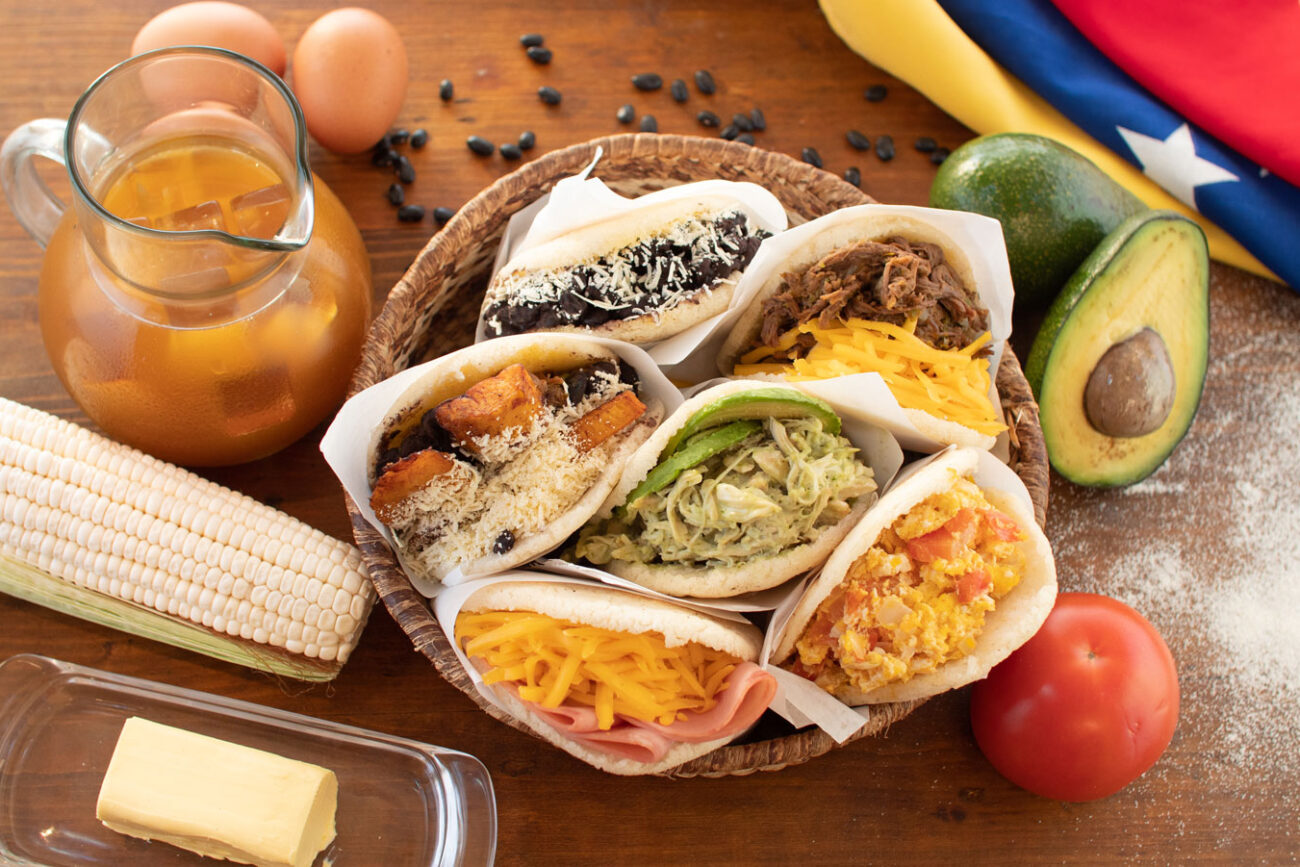
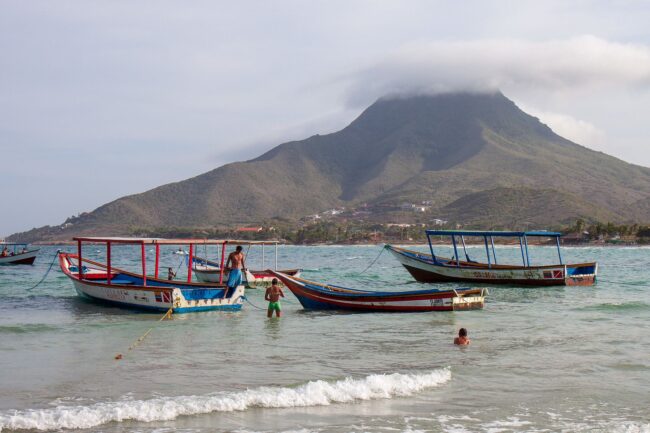
Margarita Island
The island is a 45-minute flight from Caracara Airport to La Cruz. Covering an area of 930 square kilometers, with a coastline stretching 244 kilometers, Margarita Island boasts a large number of beaches (both wild and tranquil) in the Caribbean, second only to the giant Cuba. The island has a tropical climate, characterized by humidity and wind, with moderate temperatures ranging from 25-30ºC (78-86ºF). Margarita's highlights include El Yaque Beach, which is considered one of the top three places in the world for windsurfing, and frequently hosts international competitions. Additionally, the island is home to two national parks and three national reserves.
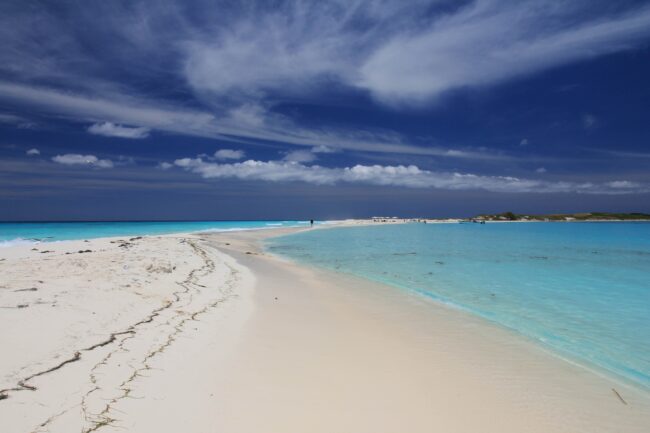
Los Roques
Located just a 45-minute flight from Margarita Island (Porlamar) or Caracas, this fantastic and unique archipelago is situated 156 km off the coast in the Caribbean Sea. The island covers approximately 2,300 sq. km and is protected by a coral reef barrier stretching 24 km, composed of about 340 coral bridges and islets. On Los Roques, there is an important biological station where you can see the cultivation of sea turtles, lobsters, and "botuto" (giant sea snails).

Orinoco Delta
The Orinoco Delta covers an area of approximately 25,000 square kilometers and consists of an endless network of channels flowing into the Atlantic Ocean along a coastline of about 360 kilometers. The delta is home to the Warao indigenous people ("canoe people"), the second-largest indigenous group in Venezuela with around 24,000 members. You can board a local boat called Falca and embark on a cruise through the authentic Atlantic rainforest along wide and narrow channels deep into the jungle. Along the way, you'll visit authentic Warao stilt houses, where you can see and purchase handcrafted items directly from the artisans, including hammocks, baskets, canoes, wooden bird and animal carvings, necklaces, and more.
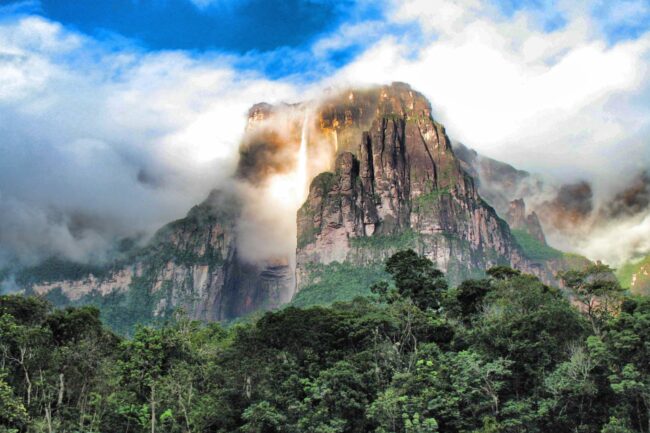
Kanaima
Kavak National Park is a vast national park spanning 30,000 square kilometers, roughly the size of Switzerland. It is located on the Table Mountain ("Tepui" in the language of the Pemon indigenous people) in the Venezuelan region, at altitudes ranging from 450 to 2,810 meters. The park is home to the world-famous "Crystal Mountain," Roraima Tepui, an ancient formation estimated to be around 2 billion years old (Precambrian Era). The park also features Angel Falls, the highest waterfall in the world. Lake Canaima is perfect for relaxing, swimming, and enjoying the jungle. You can take local canoes to explore the picturesque waters of the lake and nearby rivers, which are tinted a reddish hue.
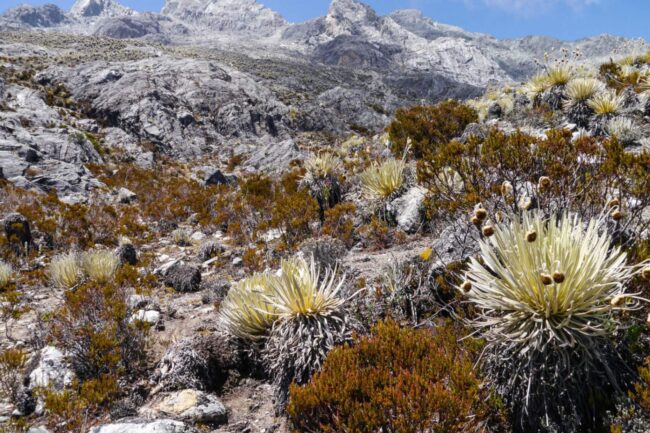
The Andes
Just an hour's flight from Caracas, you'll find yourself at the northern end of the great Andes mountain range. Protected by eight major national parks and three natural monuments, and with the diligent care of its inhabitants, the Venezuelan Andes are a top destination for nature and adventure tours. The region offers everything from lush tropical rainforests and cloud forests to snow-capped peaks, known locally as Páramos. Ethnographically, the mountains and the Andean region are dotted with small towns where residents continue to practice the ancient agricultural traditions of their pre-Columbian ancestors, the Timoto-Cuicas. Mérida's cable car, the longest and highest in the world, starts on the slopes of Pico Bolívar and reaches Pico Espejo at an altitude of 4,800 meters (15,725 feet).
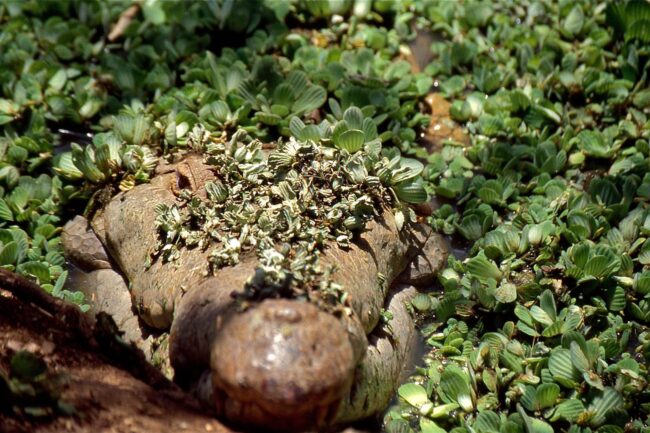
Los Llanos
An hour's flight from Caracas is Los Llanos (the Savanna), which covers the entire central region of Venezuela, about one-third of the country's territory. Los Llanos is sparsely populated, and its inhabitants, known as Llaneros, are hardy and resilient people accustomed to hard work, yet they are also very friendly hosts. Los Llanos is the largest wildlife habitat in Venezuela, especially for birds, which either live here year-round or migrate seasonally to nest and raise their young, including species from as far away as Alaska and Canada. The region is home to around 350 bird species and 50 mammal species. Visitors can also explore large, historic cattle ranches known as "Hatoss," some of which have recently been designated as eco-tourism destinations and now offer comfortable lodgings for tourists.
